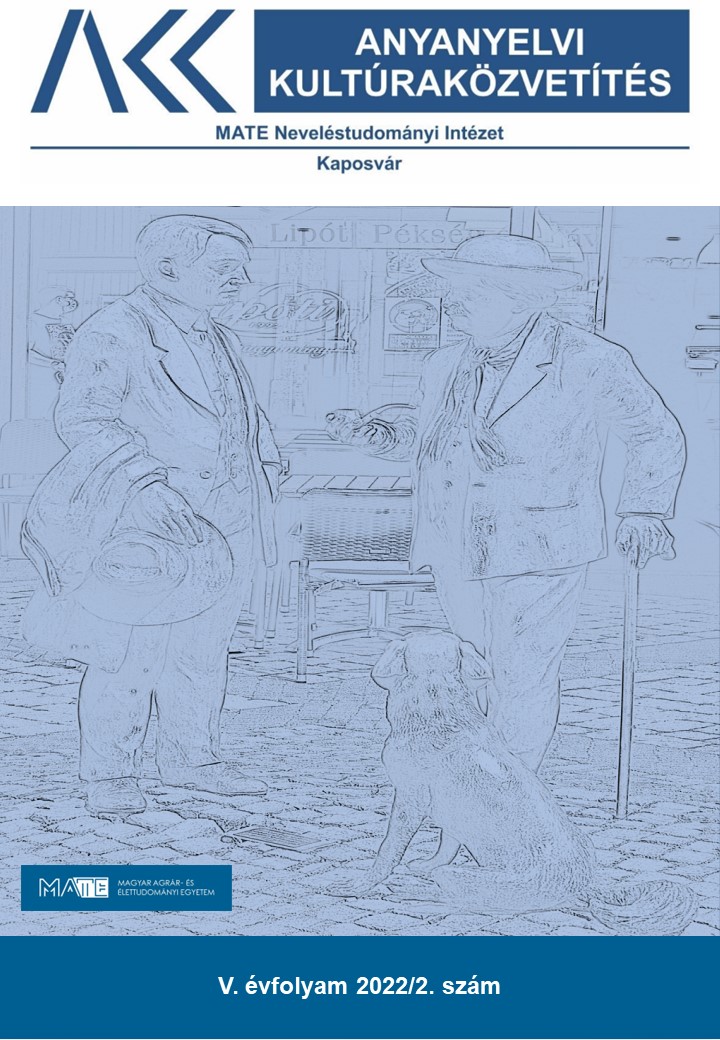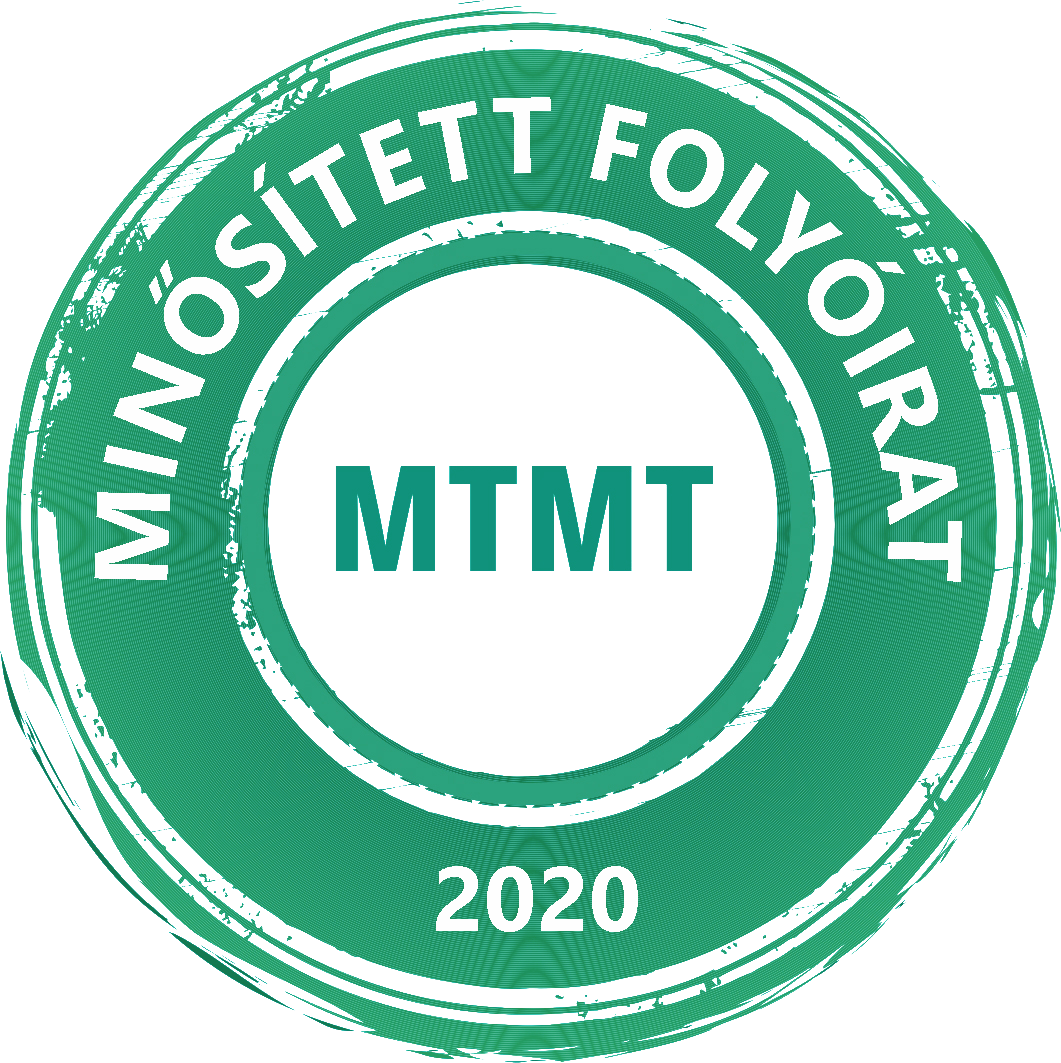The Use of the Comic Novel in Primary Education
DOI:
https://doi.org/10.33569/akk.3305Keywords:
comics, primary education, questionnaire survey, teaching, learningAbstract
The new digital culture increasingly relies on the right hemisphere of the brain, while traditional literacy has so far strengthened the left hemisphere of the brain (Gyarmathy 2011; cited by Szalay 2016). In a comic book, it is possible to synthesize writing and imagery, verbality and visuality (Szalay 2016). Some researchers, who examined more abstract and complex scientific thinking, did not find a significant improvement in the knowledge of the studied students when reading and using comic books (Spiegel et al. 2013; Ahmad et al. 2017; Rofii et al. 2018; cited by Phoon et al. 2020), while others observed a significant improvement (Lin et al. 2015; cited by Phoon et al. 2020). They all agree that children like reading comics, they are influenced by the visual appeal of the graphic presentation, the reading of comics effectively influences and positively shapes the students' attitude and commitment to science, thus comics can be an effective tool for education. In our research, we prepared a questionnaire survey on the frequency of comic book use in education and its areas of use among teachers working in primary schools. In the interviews, we mainly sought for an answer as to what proportion of teachers use comics as an educational tool and method in education, as well as for which subjects and how often they do so. The questionnaire was distributed primarily in a format published on social media platforms, in various professional groups, with the help of an external practice institution and using a snowball method to share with teachers who voluntarily and anonymously undertook to fill it out. The number of respondents was 96. Our results are not representative.
References
Akcanca, N. (2020): An alternative teaching tool in science education: Educational comics. International Online Journal of Education and Teaching (IOJET), 7(4) 1550–1570.
Arroio, A. (2011). Comics as a narrative in Natural Science Education. Western Anatolia Journal of Educational Sciences (WAJES), Special Issue: Selected papers presented at WCNTSE, 93–98.
Balázs, Ákos (2016): Szövegértés-fejlesztés képregényekkel. In: Fejes J. B. – Lencse M. – Szűcs N. (ed.) Mire jó a Tanoda? A Tanodaplatform keretében összegyűjtött innovációk, kutatások, történetek. Szeged: Motiváció Oktatási Egyesület, pp. 87–94.
Ernyey Dániel (2020): COMIC-CON a fizikaórán. Képregények felhasználása a modern fizika tanításában, online oktatásban is. PHYS_Comic-Con_a_fizikaoran.pdf
Graham, Steven (2011): Comics in the classroom: something to be taken seriously. Language Education in Asia, 2(1), 92–102.
Dunai Tamás (2013): Képregény: kép és regény? Studia Litteraria 52(1–2), 109–119. DOI: https://doi.org/10.37415/studia/2013/52/4022
Fónai Nikolett (2020): A képregény a multimodális műveltség szolgálatában Könyvtárak a kilencedik művészet támogató szerepében. Anyanyelvi Kultúraközvetítés 3(1), 38–56. DOI: https://doi.org/10.33569/akk.2446
Gombos P. – Tóth Máté – Péterfi Rita (2019): Hogyan és mit olvas a digitális generáció – a 2017-es reprezentatív olvasásfelmérés tapasztalatai. Könyv és Nevelés 21(3–4), 12–50.
Koutníková Marta (2017): The Application of Comics in Science Education. Acta Educationis Generalis, 7(3), 88–99. DOI: https://doi.org/10.1515/atd-2017-0026
Losonczy Attila (2013): A képregények az ismeretterjesztés szolgálatában. Könyv és Nevelés 15(1), 35–42.
Maksa, Gy. (2007): Ismeretterjesztés és képregény. Médiakutató: médiaelméleti folyóirat 8(1), 7-14.
Matuk, Camilla – Hurwich, Talia – Spiegel, N. Amy – Diamond, Judy (2019): How Do Teachers Use Comics to Promote Engagement, Equity, and Diversity in Science Classrooms? Research in Science Education 51(3), 685–732 (Epub 10 January 2019) DOI: https://doi.org/10.1007/s11165-018-9814-8
Mező Ferenc – Mező Katalin – Mező Lilla Dóra (2018). Képességfejlesztő játékok Az IPOO-Modell aspektusából: a fejlesztésbe integrált diagnosztika lehetősége. Különleges Bánásmód – Interdiszciplináris folyóirat, 4(2), 55–66. DOI: https://doi.org/10.18458/KB.2018.2.55
Phoon, Hong-Yii et al (2020). The role of comics in elementary school science education. Formatif: Jurnal Ilmiah Pendidikan MIPA, 10(2), 67–76. DOI: https://doi.org/10.30998/formatif.v10i2.6257
Polyák Dávid (2020): A képregény műfajának kezdete, kialakulása és szerepe a könyvtárakban. OTDK Pályamunka.
Rubovszky Kálmán (1989): A képregény. Budapest: Gondolat.
Sagri, Maria – Sofos, Filippos – Mouzaki, Despolna (2018): Digital Storytelling, comics and new technologies in education: review, research and perspectives. The International Education Journal: Comparative Perspectives, 17(4), 97–112.
Sallai Éva (2015): Legjobb motiváció az élménybe vonás. Új Köznevelés [online] 2005/7. https://folyoiratok.oh.gov.hu/uj-kozneveles/legjobb-motivacio-az-elmenybe-vonas [2022.02.20.]
Szabó Sára, G. – Gombos Péter (2005): A képregény. In: Cserhalmi Zs. – Forgács A. – Pála K. – Sándor Cs. (szerk.): Irodalom – Tanári Kincsestár 21. kiegészítő kötet. Budapest: Raabe Kiadó, pp. 1–22.
Szalay Kristóf (2016). Nyelvtanulás karikatúrákkal és képregényekkel. Különleges Bánásmód, 2(1), 73-85. DOI: https://doi.org/10.18458/KB.2016.1.73
Szokolszky Ágnes (2006): Kutatómunka a Pszichológiában: gyakorlatok. https://mek.oszk.hu/04800/04897/04897.pdf
Tari I. (2021): Egyedülálló akcióval népszerűsítik a történelmi képregényeket. http://klasszikradio.hu/podcast2/egyedulallo-akcioval-nepszerusitik-a-tortenelmi-kepregenyeket/ (2022. 05. 12.)
Tatalovic, Mico (2009): Science comics as tools for science education and communication: a brief, exploratory study. Journal of Science Communication 8(4), DOI: https://doi.org/10.22323/2.08040202
Toh, Tin-Lam (2016): Use of Comics and Storytelling in Teaching Mathematics. In: Toh, Pee Choon – Kaur, Berinderjeet (eds.): Developing 21st Century Competencies in the Mathematics Classroom. Singapore, World Scientific Publishing Co Pte Ltd., pp. 241–259. DOI: https://doi.org/10.1142/9789813143623_0013
Wallner, Lars – Barajas, Katarina Eriksson (2020): Using comics and graphic novels in K-9 education: An integrative research review. Studies in Comics, 11(1), 37–54, DOI: https://doi.org/10.1386/stic_00014_1
Walter Imola – Takács Anett (2011): Pedagógusok új szerepben, múzeumpedagógiai módszerek alkalmazása a gyakorlatban – mint új perspektíva. In: Pinczésné dr. Palásthy, I. (ed.). A református tanítóképzés múltja, jelene, jövője. Debrecen: Kölcsey Ferenc Református Tanítóképzés Főiskola, pp. 130–134.
Wiegerová, Adriana – Navrátilová, Hana (2017): Let ́s Not Be Scared of Comics (Researching Possibilities of Using Conceptual Comics in Teaching Nature Study in Kindergarden). Procedia – Social and Behavioral Sciences 237. 1576–1581. DOI: https://doi.org/10.1016/j.sbspro.2017.02.248
Zsilka Tibor (1986): A képregény mint műfaj. JEL-KÉP 7(2), 83–87.
Downloads
Published
Issue
Section
License
Copyright (c) 2022 Schlichter-Takács Anett, Csimáné Pozsegovics Beáta

This work is licensed under a Creative Commons Attribution-NonCommercial-NoDerivatives 4.0 International License.



















